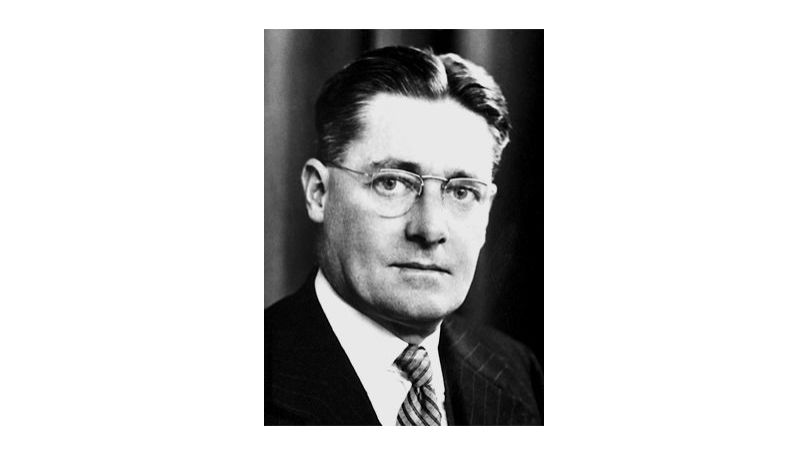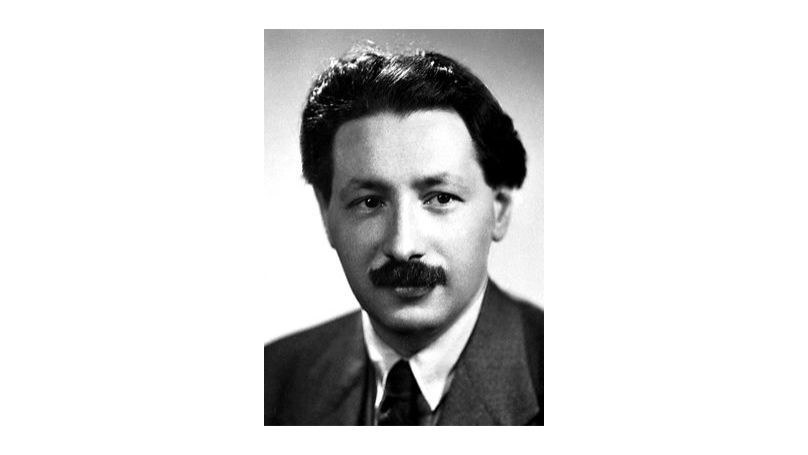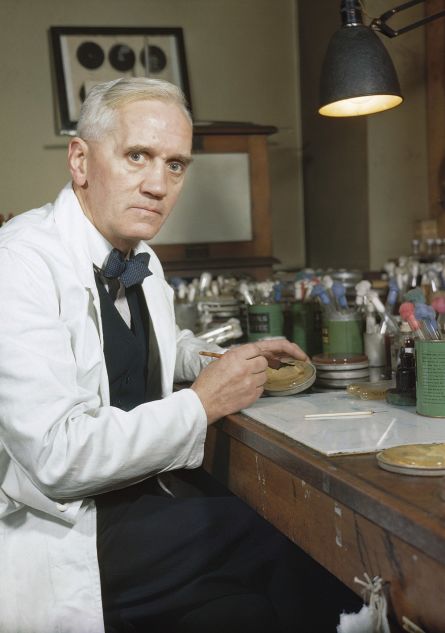On 1 June 1946, UK pharmacies started to sell penicillin. The drug, which was thought to be science fiction, had been on sale in the United States since 15 March 1945.
The ability of Penicillium Notatum mould to stop reproduction of staphylococci was discovered by Scotsman Alexander Fleming in 1928. However, a viable drug was only created in 1939. It was done in the microbiological laboratory of Oxford University by Australian-English pathologist and microbiologist Howard Florey and Ernst Boris Chain, a scientist of Russian-Jewish descent. Fearing that they could lose the substance because of bombings, Florey and Chain soaked their clothes with it, with Chain instructing the staff: "If I get hurt, save the jacket first”.

On 2 July 1941, Florey delivered the drug to New York. Thirteen days later, a group headed by Professor Robert Kouhil in Peoria, Illinois began developing industrial production technology. Furthermore, 40 institutions, private and public funds participated in the work. The drug helped to decrease the cost of treatment for sepsis from $200 to $6.50; it became possible to cure gangrene completely without amputation. The Normandy landings in June 1944 were delayed, among other things, due to a lack of penicillin supplies. In March 1944, 40 billion units were produced, and in December, 400 billion units were manufactured. The creators refused to patent the medicine.
In March 1945, the drug began to be sold in American pharmacies in the form of ointments, lotions, and drops, and it was considered to be a panacea. Fleming joked that a penicillin lipstick was coming soon: "penicillin lipstick will help to get rid of all unwanted effects after a kiss, except marriage". In 1945, Fleming, Florey, and Chain were awarded the Nobel Prize for their work.

The outbreak of the Cold War and the policy of trade discrimination against the USSR created obstacles to the purchase of the new medicine. The US government, despite a preliminary agreement by the Soviet Ministry of Trade with a number of American companies, prohibited selling anything related to the production of penicillin to the Soviets. British firms depended on American companies and cancelled penicillin-related sales as well. Then, Professor Chain decided to sell his patent to Soviet scientists and provided data on the industrial production of penicillin. The price he named was many times lower than the Anglo-American firms demanded. The USSR bought the technology for 35,000 pounds in 1947.
In addition, Chain personally and unofficially handed over mould spores of the most effective fungus to Soviet technologist Vil Zeifman, who smuggled them out in his jacket pocket. This strain became the primary basis for the production of another antibiotic in the Soviet Union – a medication against tuberculosis. Zeifman launched a pilot plant for the production of the medicine in Moscow in 1948, but in 1950 he was arrested on charges of "servility to bourgeois science, criminal ties with British scientists, causing material damage to the state". Soon after his arrest, Zeifman's colleagues were awarded the Stalin Prize for mastering the technologies for the production of crystalline penicillin.
























